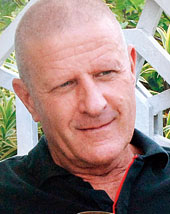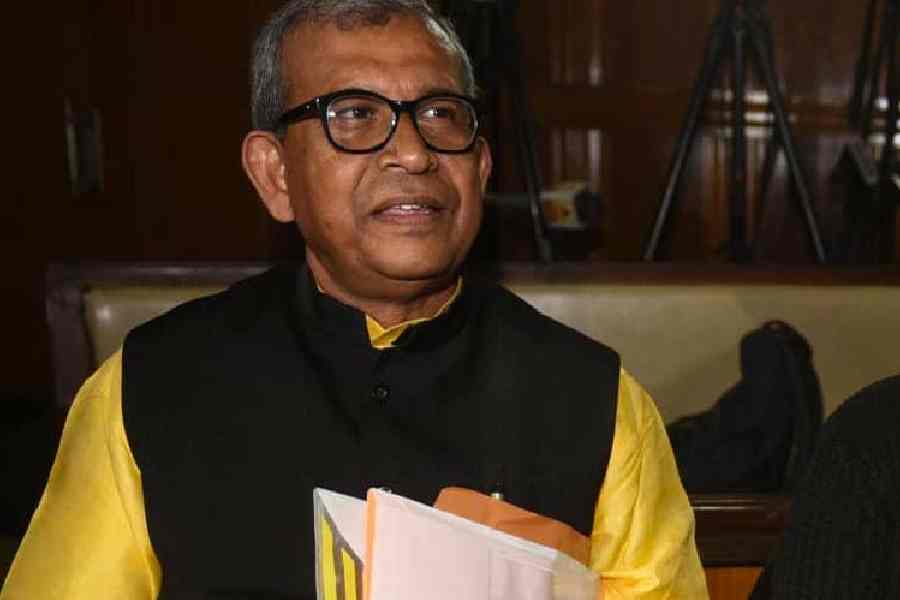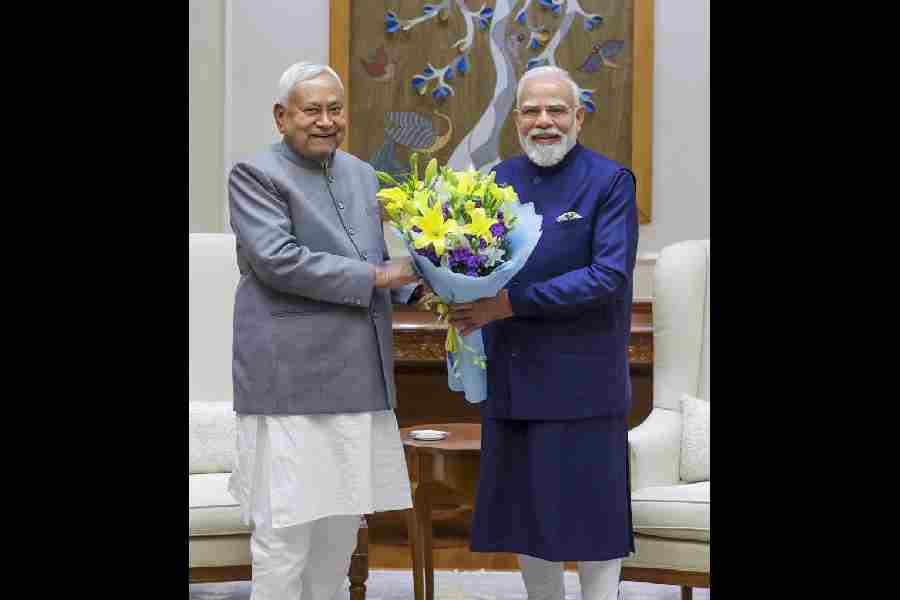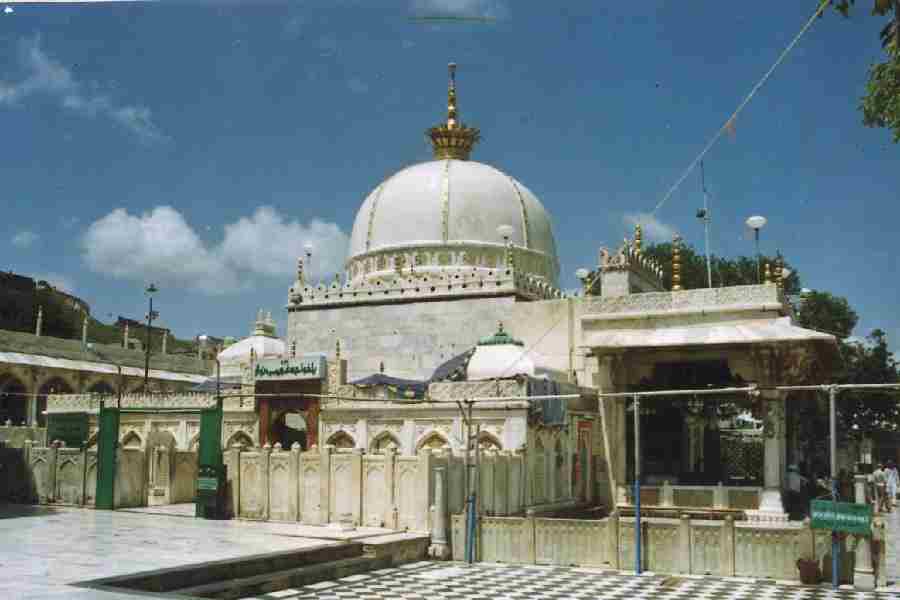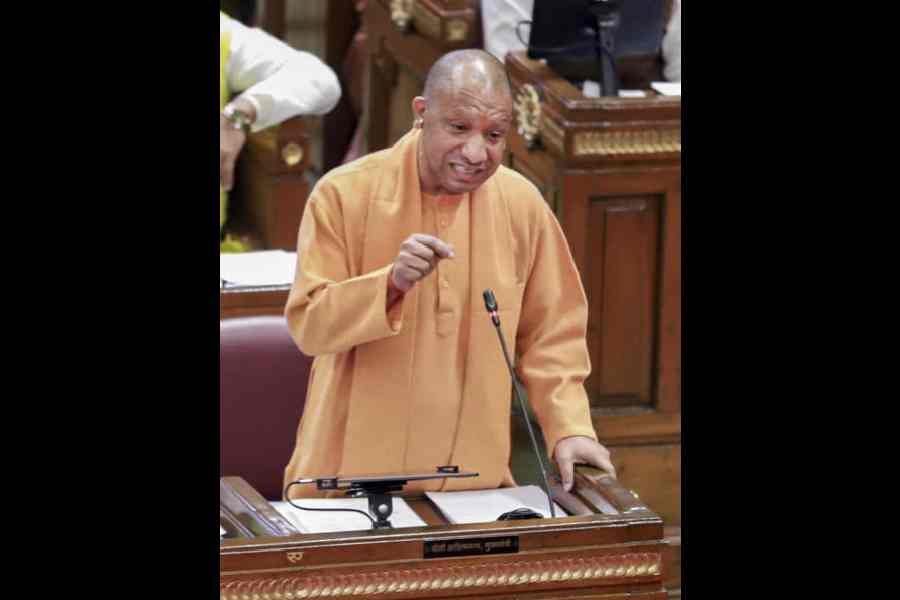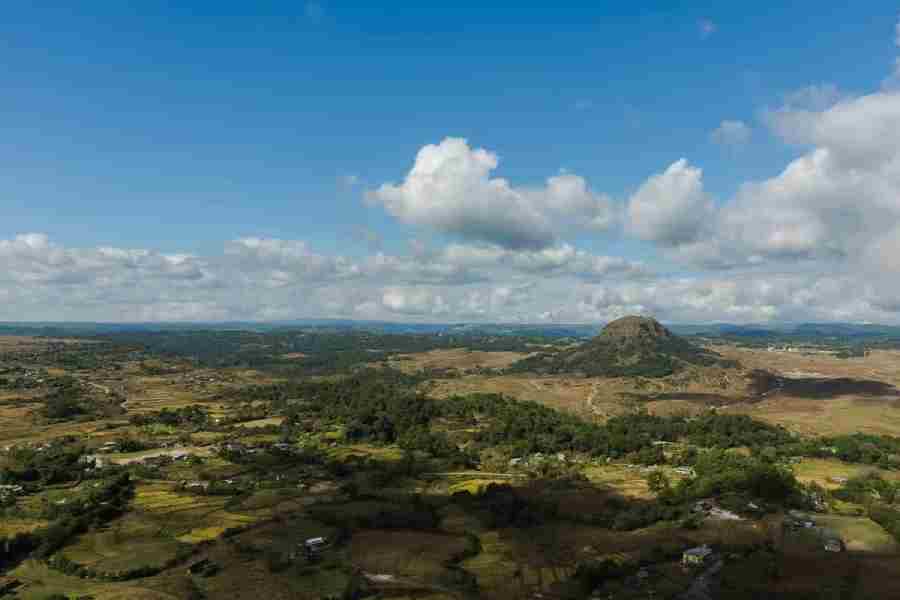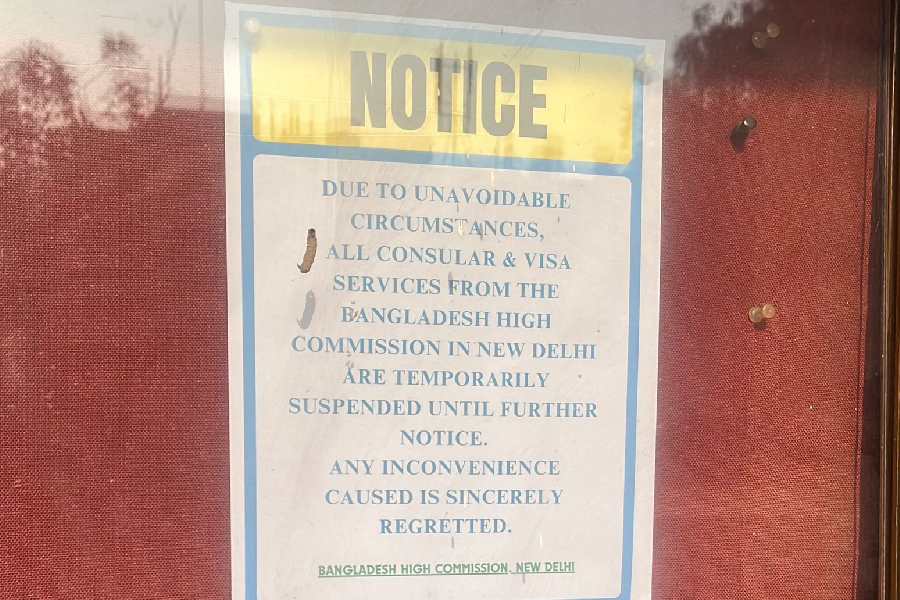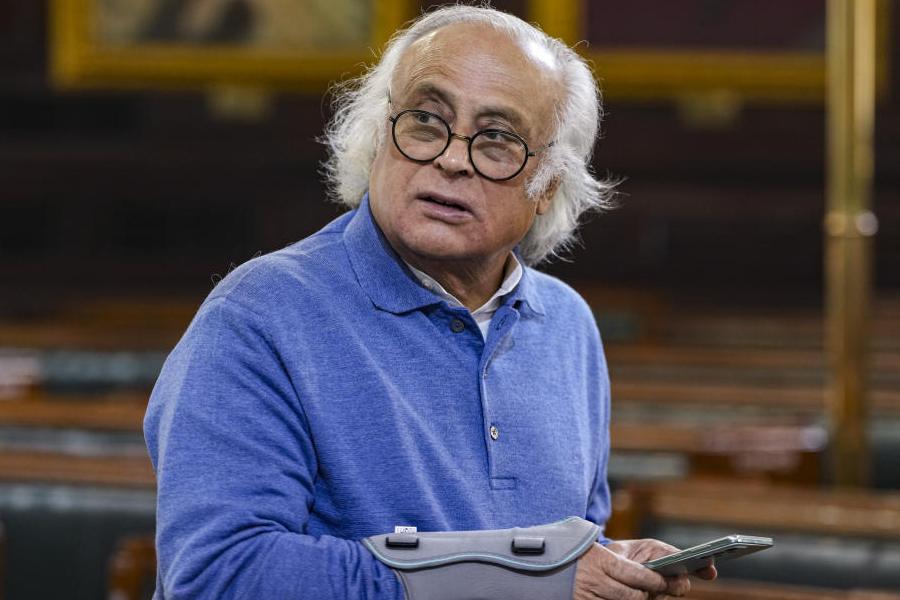 |
| Olaf Van Cleef |
The panther has for long been the emblem of Cartier. Giant balls of yellow and white carnations are the signature of Olaf Van Cleef.
The flowers represent gold and diamond, respectively, for Van Cleef and they glimmer in every nook and corner of the Presidential suite of Taj Bengal whenever he has occupied it since the hotel opened in 1989.
The scion of the Van Cleef family, famous for once being jewellers to the Tsars, is here for the silver jubilee celebrations of the hotel.
Van Cleef, counsellor in high jewellery to Cartier, remembers how then French consul Xavier Dillman and Shirin Batliwalla, the first general manager of Taj Bengal, organised an elegant party at the former’s residence. That was his first visit to the city and he was smitten by “the warmest culture Bengali, the beauty of the city….”
I first met Van Cleef in 1994, when he was Cartier’s ambassador and long before he established himself as an artist in his own right. That was when we got to know about the magnificent Patiala necklace weighing almost 1,000 carats, made for the Maharaja in 1928 by Cartier, and how the design of the missing necklace was recreated by Cartier about 70 years later.
The bamboo, tiger and elephant décor were all inspired by India. Van Cleef confides that Indians, however, were not impressed.
One young man told him that the elephant reminded him of Ganesh but its trunk did not conform to iconography. So it was inauspicious. And why should he buy the bamboo décor when it is used to make huts for the poor? As to the tiger, his wife is a vegetarian and she could never wear a carnivore round her neck. Instead he demanded the Eiffel Tower design for her.
So now that he has been painting Hindu deities in all their opulence for the past couple of years, Van Cleef makes sure not to recreate Tanjore paintings. Instead he goes for soft pastels in 18th century French style. And that marketing strategy has worked.
Now Van Cleef has gone a step ahead and is experimenting with Bhutanese iconography. “I am not freeze in a static position, and I like to do one evolution with my work, and do a little different.” He is getting ready to show 15 of his new work in September 2015 at the Royal Textile Academy of Thimphu. He has worked hard at museums, libraries and archives in Paris to get the fierce look of Guru Padmasambhava, the White Tara and the Blue Lion just right, albeit in subdued shades. He says Buddhist iconography in Bhutan is very different from that of Tibet, and the curator has to be satisfied.
Instead of being copies of Bhutanese icons, however, they are very much Van Cleef’s creations. He introduces a host of disparate elements in the paintings studded with Swarovski crystals and gems used in Russian icons, as he does in his Indian paintings. Instead of looking blingy, the Bhutanese paintings glow in subdued light.

